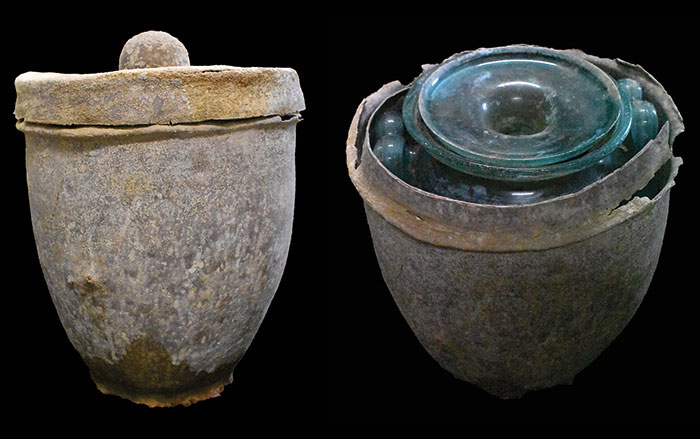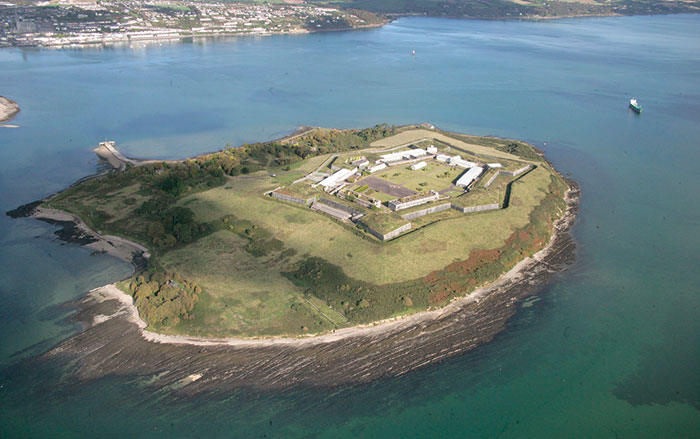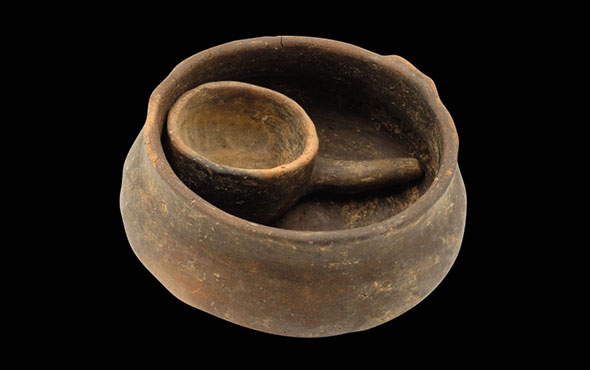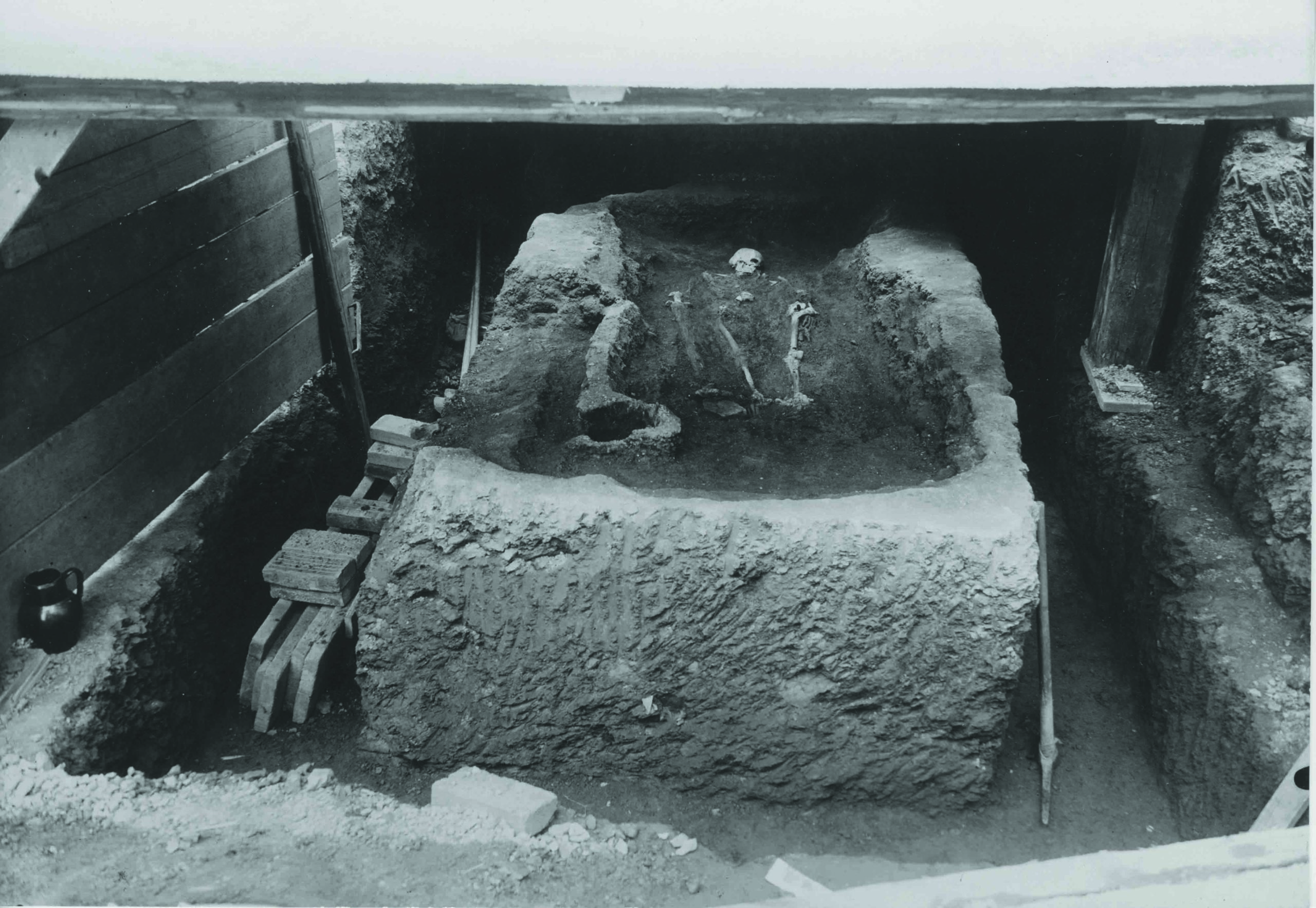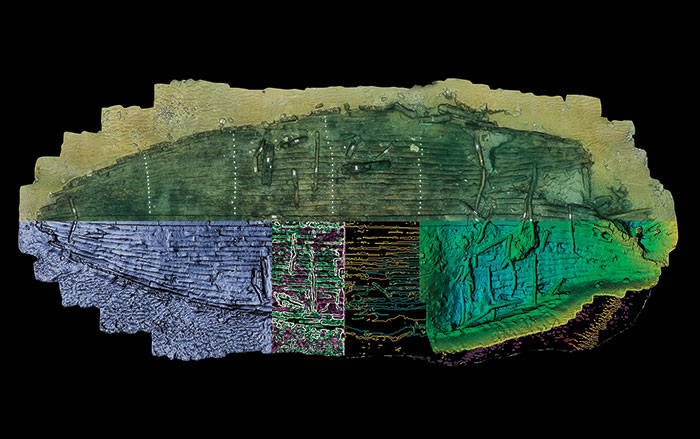
ANDALUSIA, SPAIN—According to a Times of London report, traces of a multilevel gateway to the massive fortified palace built in the tenth century A.D. by Abd-al-Rahman III, the first caliph of Cordoba, have been uncovered in southern Spain. Alberto Canto of the Autonomous University of Madrid said that the gate is thought to mark the eastern entrance to the palace parade ground at the ruins of the royal city of Medina Azahara. As many as 20,000 people were once part of the lavish palace household, which included a zoo, an aviary, four fish ponds, 300 baths, weapons factories, and barracks for the soldiers of the royal guard. The palace was destroyed in A.D. 1010 during a civil war. “Everything collapsed and so we found buried the remains of its tiles, wood, nails, beams, hinges, and ornaments,” Canto said. To read about a Roman arch excavated in Andalusia, go to "Making an Entrance."



